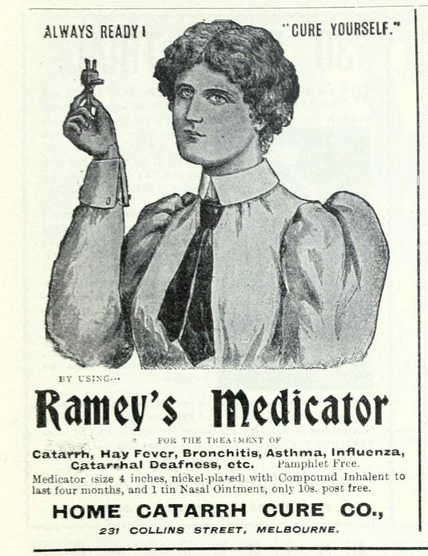
Advertisements for Ramey’s Medicator claimed that it would overcome ‘death dealing disease.’ What most customers didn’t know, however, was that the inhaler would never have existed at all if its inventor had not survived a gruesome surgical ordeal.
The Medicator was patented by Alfred H Ramey and Frank D Rollins on 3 June 1890. Its inner chamber contained wadding that could be treated with the user’s medicine of choice – though once it went on sale it came with its own Compound Inhalant. The three tubes allowed the vapours to be drawn down into the throat or blown forcefully up into the nose as required, clearing the head of catarrh and the lungs of phlegm. The handle was hollow in order to provide a home for the instructions, and each tube had a cap that must, of course, be removed before use.
‘Everybody needs one,’ advised an advert in 1895, ‘as by its novel action and wonderful curative power it cures all throat and head diseases. Diphtheria, that death dealing disease, yields readily to its wonderful cleansing power. This remedy CURES while others only give temporary relief.‘
At the time he filed the patent, Alfred H Ramey was a successful druggist in Aurora, Illinois, having started out with a market stall and used an effective method – honest graft – to build up his business. But let us go back to November 1866, where events on a remote army outpost left the 20-year-old Ramey fighting for survival.
Ramey took a government job hauling freight to build Fort Phil Kearny and Fort C F Smith, which were designed to protect travellers along the Bozeman Trail. Fort Phil Kearny was in the middle of the sacred hunting grounds of the Lakota Sioux, leading to conflict between the US Army and an alliance of tribes under Red Cloud.
According to a brief biography in the History of Peoria County (1880), Ramey had volunteered to go out with the soldiers to fight the Sioux and Cheyenne. A Report of Surgical Cases Treated in the Army of the United States from 1865 to 1871 (1871), however, suggests that he was sitting with other civilians at a campfire outside the Phil Kearny stockade when a group of Native American warriors attacked.
Either way, Ramey incurred a devastating gunshot wound to his right leg, leaving his kneecap smashed into fragments.
He was admitted to the post hospital the next day, and as his condition worsened, the wound began to suppurate, loosening the shards of bone. The army surgeons removed about two thirds of the patella.
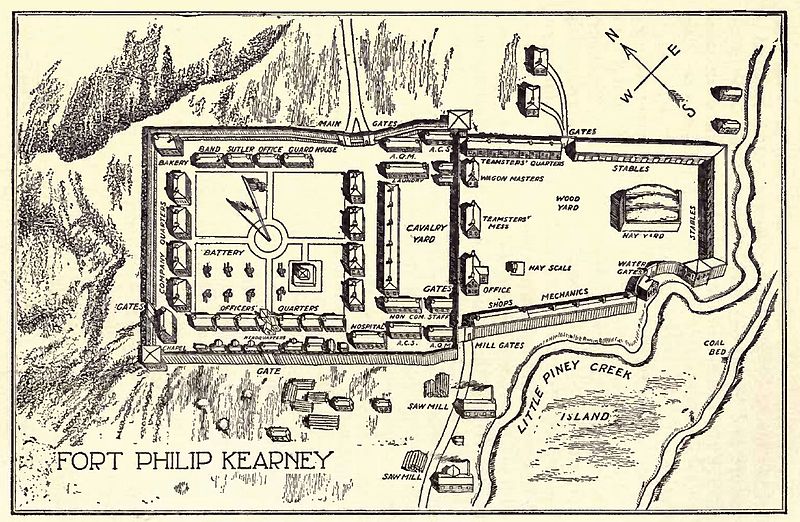
Five months later, Ramey was still in the hospital and his future looked bleak. The agony of the wound and its continuous suppuration had left him debilitated and emaciated. He had a hectic fever accompanied by diarrhoea, and the long months in bed had caused a three-and-a-half inch sore to form over his sacrum. The leg itself was unrecognisable – open cavities ate into the knee joint and abscesses ravaged the lower part of his thigh.
‘The entire limb became erysipelatous,’ reported assistant surgeon S. M. Horton. ‘There was muscular anchylosis of the hip joint, and on the least motion of the knee-joint caused excessive pain.‘
The prospect of an operation was daunting, but at last Ramey accepted that he couldn’t carry on like this and survive. His only choice was between losing his leg and losing his life. There was a risk that it could be both, but on 25 April 1867, he consented to undergo amputation at the upper third of his thigh.
Ether and chloroform were both in supply at the fort, and a combination of these was used for anaesthesia. Just nineteen days later, Ramey’s stump had entirely healed and he was able to leave his bed. He returned home to Peoria, Illinois, on 23 July, just three months after his close encounter with Death.
Once recovered, Ramey signed up for a commercial course at Peoria College and, with a capital of $4, launched his fruit and nut stand on the the corner of Washington and Main Streets. It was a great success, making $300 in its first few months and enabling him to move to the nearby city of Chillicothe to set up as a grocer.
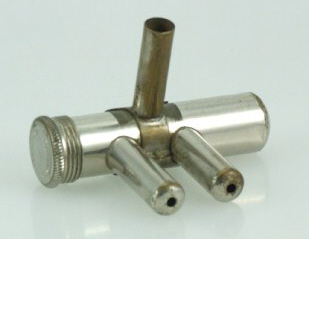
His Medicator went through two incarnations, with the second one (1905) featuring a moveable mouthpiece for greater comfort. Ramey’s other inventions included a Liver and Kidney Remedy based on the fluid extract of buchu (traditionally reputed to help against urinary tract ailments), a mop-wringer and pail, a cake-turner, and a toy pistol that fired coins. He was a popular member of the community, ‘able, besides making his own way in life, to afford material assistance to many of his friends.’
Alfred H Ramey died in 1923 and is buried at Spring Lake Cemetery, Aurora, IL.
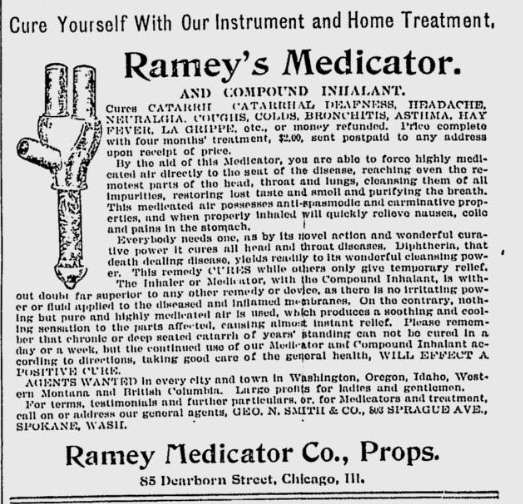
Sources:
Advertisement, The Spokesman-Review, 17 August 1895
Advertisement, Stead’s Review, April 1901 (Australia)
FindAGrave memorial for Alfred H Ramey
A Report of Surgical Cases Treated in the Army of the United States from 1865 to 1871 (1871)
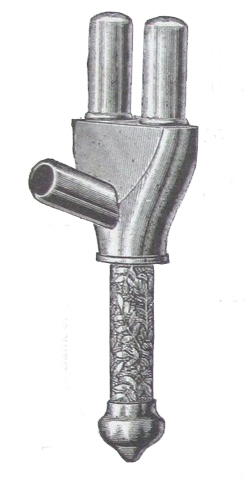
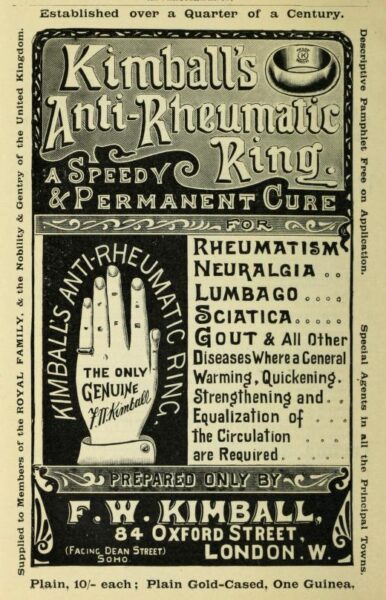
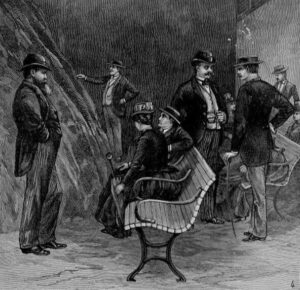
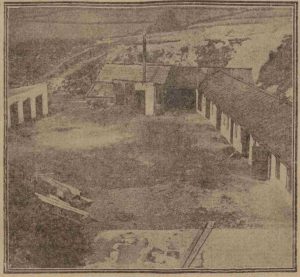
listing one one ebay to day t ebay name is idontcare99cents